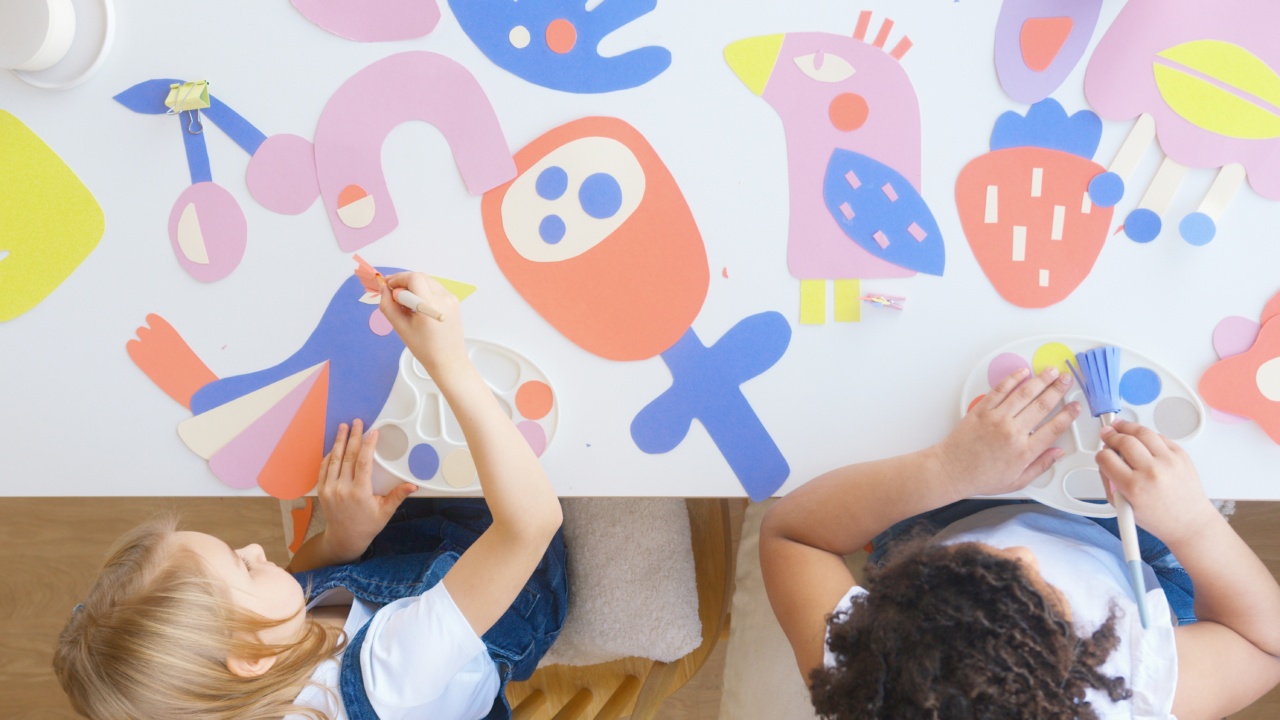As a parent, you want your child to succeed in all aspects of their life, and one of the most important ways is through their environment.
The colors of a child’s room play an important role in promoting positive behaviors, boosting mental and emotional health, and enhancing cognitive development.
Understanding the Psychology of Colors
Before choosing the colors for your child’s room, it’s important to understand the psychology behind them. Each color has a unique impact on our moods, emotions, and behaviors.
Yellow
Yellow is a bright, cheerful color that stimulates the mind and increases creativity. It’s also known to enhance concentration and memory, making it an ideal choice for study rooms and workspaces.
Blue
Blue is a calming color that promotes relaxation and restful sleep. It’s also associated with intelligence and productivity, and has been shown to improve focus and concentration.
Green
Green is a soothing color that promotes tranquility and a sense of balance. It’s been shown to reduce anxiety and stress, making it a great choice for bedrooms and play areas.
Red
Red is a very powerful color that can evoke a range of emotions from love and passion to anger and frustration.
It increases heart rate and blood pressure, which can be beneficial for physical activities like exercise, but can be overwhelming in a bedroom or study area.
Purple
Purple is associated with creativity and imagination, but can also create a sense of luxury and sophistication. It’s a great choice for artistic and inventive children, but may be too intense for some.
Choosing the Right Colors for Your Child’s Age and Personality
While understanding color psychology is important, it’s equally important to consider your child’s age and personality when choosing colors for their room.
Young children may be more drawn to bright and vibrant colors, while teenagers may prefer more muted and sophisticated tones.
It’s also important to consider your child’s personality and interests. For example, if your child is an avid reader, a calming blue color may be ideal for their study area.
If they love nature and spending time outdoors, a refreshing green could be perfect for their bedroom.
Additional Tips for Choosing Colors for Your Child’s Room
When choosing colors for your child’s room, consider the following:.
- Stick to no more than three colors to avoid overwhelming the space.
- Consider the lighting in the room and how it will affect the colors.
- Add accents and patterns to break up solid blocks of color.
- Use bold colors as accents to bring energy to the room.
- Don’t be afraid to try unconventional color combinations.
In Conclusion
Choosing the right colors for your child’s room can have a significant impact on their mental, emotional, and cognitive development.
By understanding the psychology of colors and considering your child’s age and personality, you can create a space that promotes success and happiness.






























